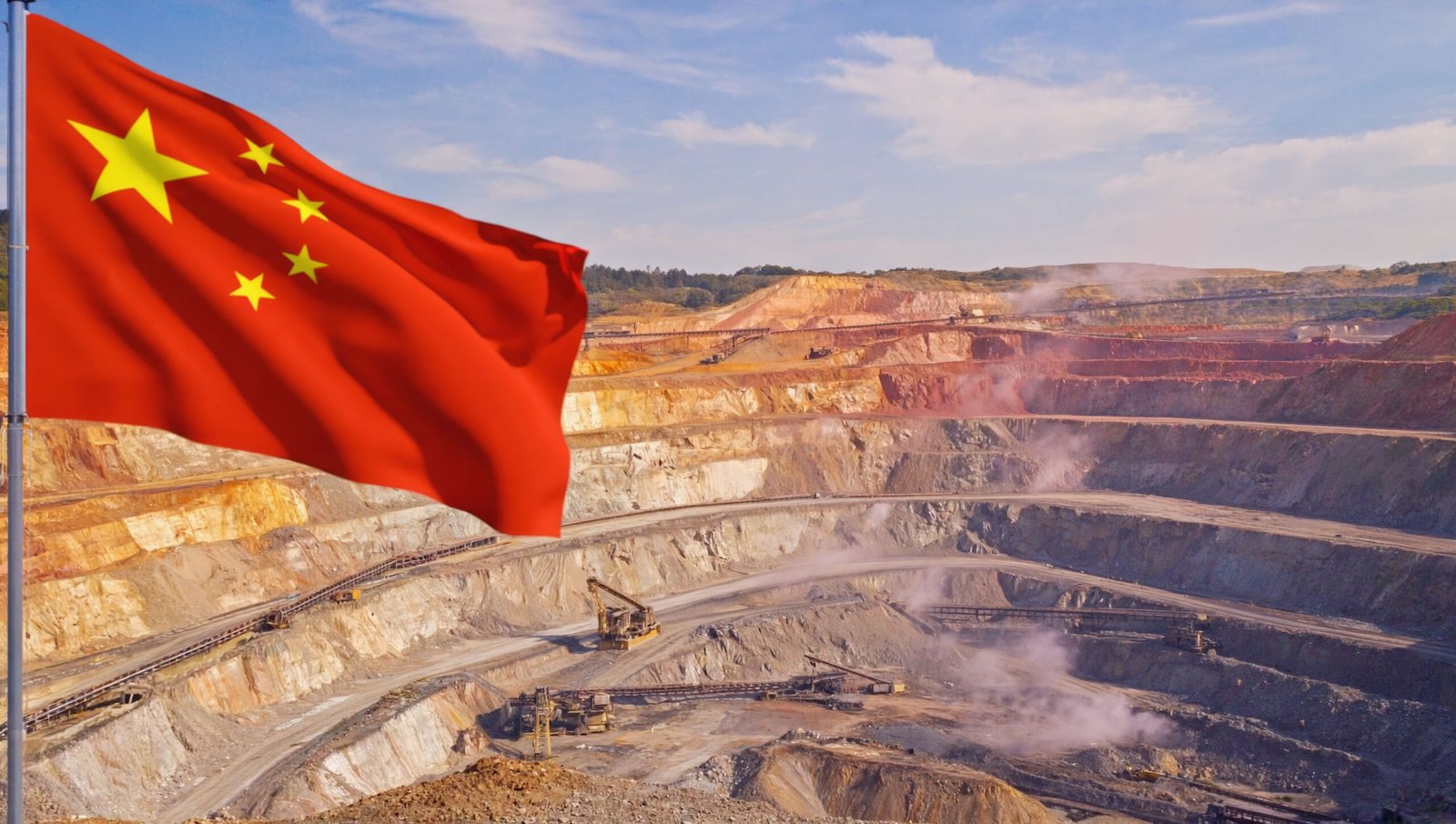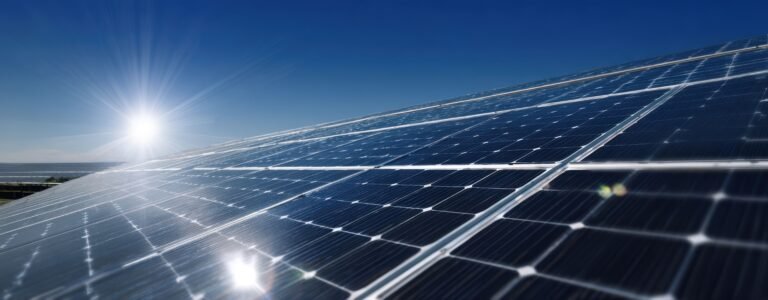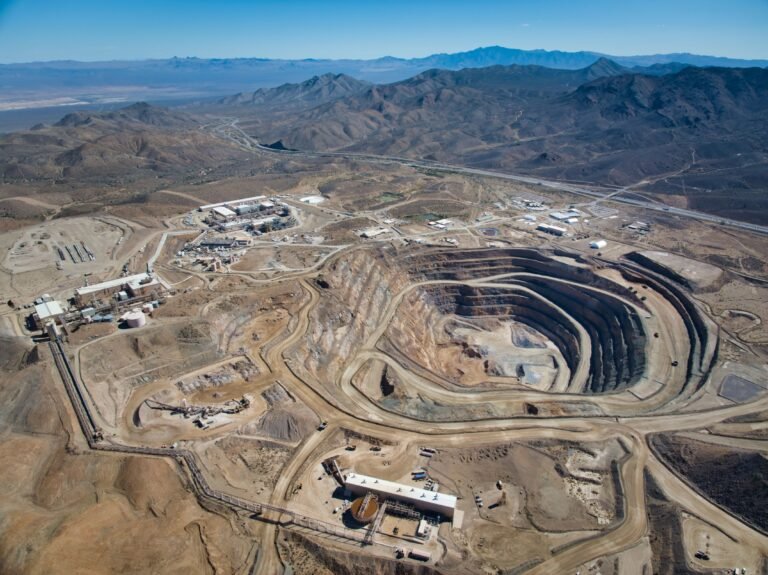
The past few months have seen some quiet changes to the way that China is doing business in critical raw materials, particularly within China itself.
In June an amendment to China’s unfair-competition framework came in, aimed at curbing price wars, in July a revised Mineral Resources Law resulted in major changes to China’s permitting regime and we have also seen changes to China’s strategy on REE production quotas.
These changes amount more to tweaks rather than large-scale changes in policy but, when taken together, are likely to have impacts on critical raw materials markets well beyond their apparent importance.
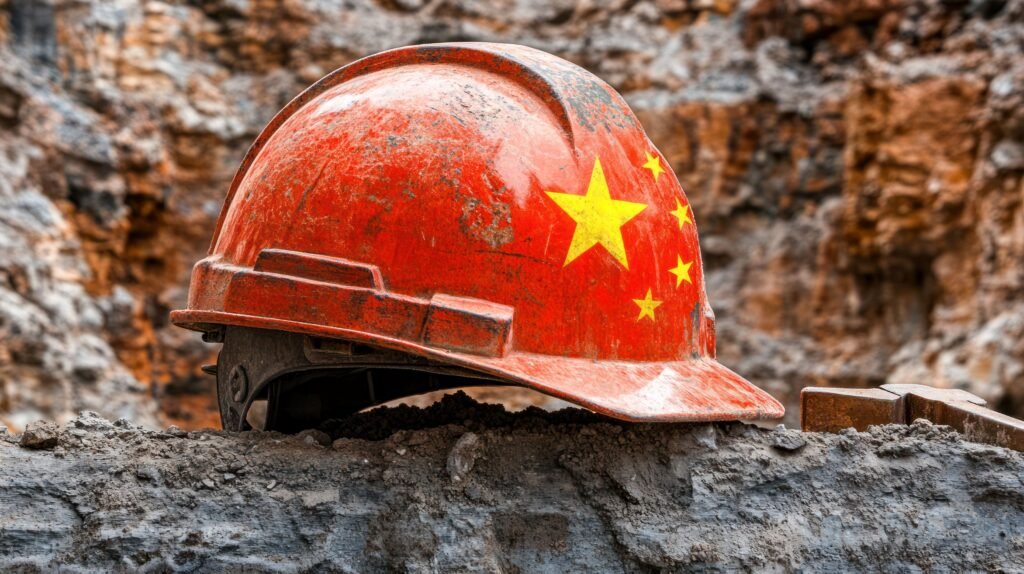
June 2025: Amendment to unfair competition law
June saw the introduction of a new unfair competition law, with its regulations due to come into force in October 2025. There are several significant updates to the original law including:
- Addition of a dedicated clause addressing abuse of advantageous position by large enterprises.
- Ban on platform enterprises forcing merchants to sell below cost.
- Requirement for platform enterprises to define fair competition rules in service agreements and transaction policies.
- Inclusion of data scraping and unauthorized use of others’ data as unfair competition behaviours.
- Explicit classification of fake orders, fake reviews, and malicious returns as unfair competition.
- Extension or further clarification of existing unfair competition activities, such as commercial confusion, defamation, bribery, etc.
The main impact here is likely to be in terms of below-cost sales, although the clause addressing the abuse of market leaders could also be relevant in downstream manufacturing markets, like batteries and EVs.
I believe that the below-cost sales factor is quite important. China has, for a long time, been increasingly concerned about the misuse of its own domestic resources, particularly natural resources. And it has become very clear in many areas (particularly in aluminium) that it does not want overproduction and dumping. It designed laws to particularly protect from that in the aluminium market (a production cap) but now seems to be adopting a more widespread law to cover other sectors.

With the US and EU leading the way in trade controls, I believe that China would prefer to use its finite natural resources to create value in China rather than exporting these key materials as manufactured products and dumping them abroad.
It also wants to maximise prices, margins and industry strength going forward.
July 2025: MIIT adds new energy materials to its stabilisation list
China’s Ministry of Industry and Information Technology (MIIT) has introduced “growth stabilisation work plans” for a number of industries, aimed at curbing “disorderly” or “irrational” competition.
In many ways this is just a development of the Unfair Competition Law but it shows evidence of joined up thinking from Chinese government departments and suggests that the new laws are part of a specific plan to curb overproduction.
MIIT has held meetings with leaders from the solar, EV and lithium production industries over the past three months to explain to them in words of one syllable how unhappy the government is with overproduction in these industries. There are also reports that MIIT has unveiled work plans for sectors such as steel, non-ferrous metals, petrochemicals and building materials.
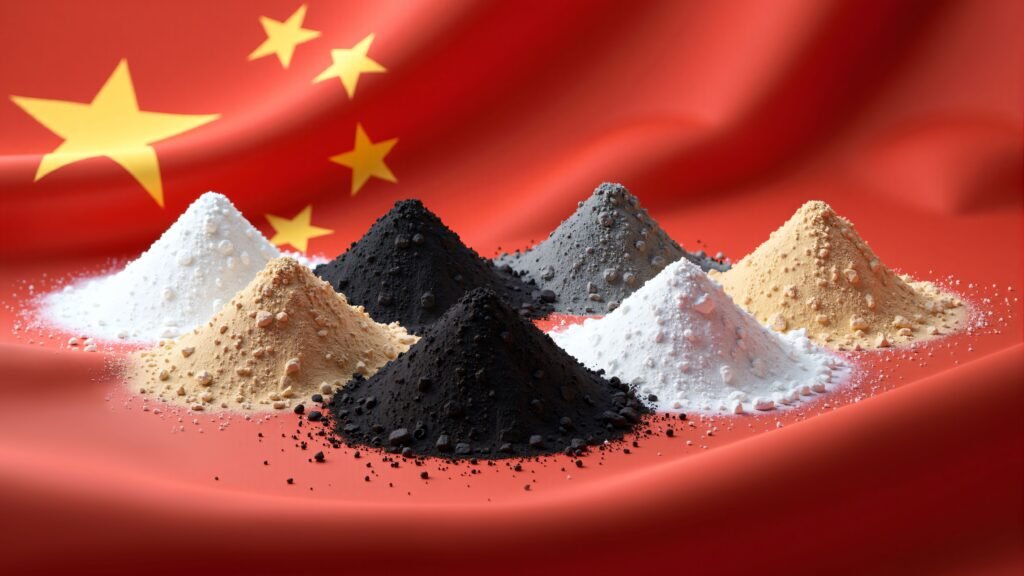
July 2025: Revised Mineral Resources Law
While this revision had previously been announced in October 2024, its implications did not start to be felt until the law was implemented on 1 July.
Under the revision, lithium is now classified as a strategic metal. But more important than that, mining licences for strategic materials are now issued and monitored at the national rather than the provincial level. And that has very substantial implications for how the industry is run.
Another aspect of the law that is important is the requirement for “ecological restoration” and the “integration of natural and artificial restoration efforts in mining areas”. This could have profound effects on end of life management, particularly in the REE industry.

The wording of the law is also interesting. Article 3 specifies that “the development, utilisation, and protection of mineral resources should adhere to the leadership of the Chinese Communist Party” and “implement the overall national security concept” and Articles 50-55 provide details about how reserves should be established to ensure a steady supply of mineral resources and what measures may be taken to respond to emergencies threatening such a supply. The final key aspect of the revision puts in place a more market-driven system, by stating that the primary methods for the authorities to grant mining rights are bidding, auctions, and other competitive means, rather than some of the back door methods which have been prevalent in the past. Also under the new law, a holder of mineral exploration rights has the right to “explore relevant mineral resources within the exploration area” that the holder is registered for and to “obtain mining rights [in the area] in accordance with law”.
In addition to lithium, China has identified 24 “strategic minerals”. Although it has not published the list, REEs, antimony, gallium and germanium are thought to be included as well.
August 2025: Changes to issue of REE production quotas
Over recent years, China has issued its REE mining and smelting quotas in two batches, at the start of the year and halfway through the year. In 2024 China issued a mining quota of 270Kt of TREO and a separation and smelting quota of 254Kt.
In 2025 it has reportedly issued quotas to producers but not made them public. In addition to that, it expanded the quota system to include imported raw materials which are processed and separated in China, as well as ones that are fully domestically produced.
That likely includes imports of heavy rare earths (HREE) from Myanmar, Laos and Thailand as well as heavy mineral concentrates from mineral sands operations. This is very relevant because it’s been estimated that 30-50% of global DyTb (heavy magnet Rare Earths) supply is processed in China having been imported from Asia.
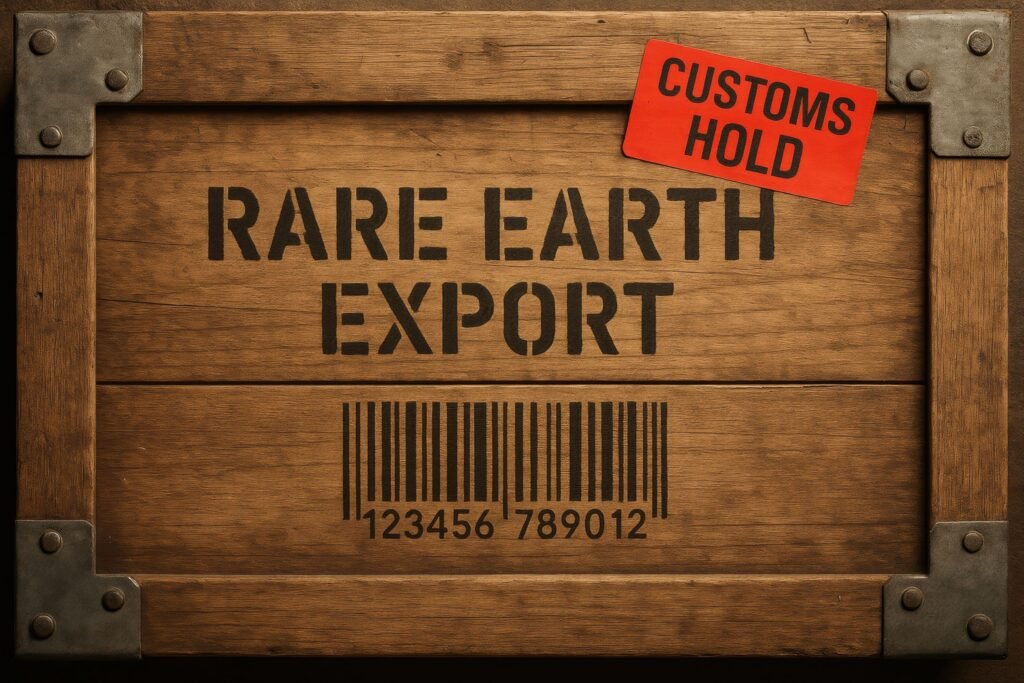
What do the changes mean for critical materials?
There’s clearly a trend emerging. If we look at aluminium, at REE, at lithium, even at batteries, all the moves we’ve seen in recent months have been focused on minimising overproduction in China.
And that has been a big issue in materials markets.
So that suggests to me that we have seen the trough in raw materials prices for this cycle.
However, the focus on minimising overproduction in manufactured goods like EVs and batteries may not be quite so good for demand as we may have hoped. In recent months there has been evidence of graft in China’s EV stimulus program. It’s likely that investment in this will be dialled back. So it’s possible, in my view, that EV sales may show lower growth rates in the second half of the year than in the first. Although I would still expect sales to grow at double digit rates.
And, given the current inventory situation in lithium chemicals in particular, I would emphasise that the recovery in prices we’ve seen was not based on fundamentals and may very well continue not to be (if EV sales growth slows in H2/25).
So I don’t necessarily see lithium prices breaking out from here in the near-term, but similarly I don’t see them returning to trough levels again either.

In rare earths, we have seen prices starting to break upwards and I would suggest that REE production quotas in China may have been tweaked down. The suspension of exports by MP Materials’ Mountain Pass mine to China and the move to include imported material in quotas is likely to push down production further, which can only be a positive for REE prices, in my view.
So I believe that REE prices may rise further in the near-term, although lithium prices may lag the performance seen in REE.
This is an adapted version of an article that first appeared in Battery Materials Review on 8 September 2025.

